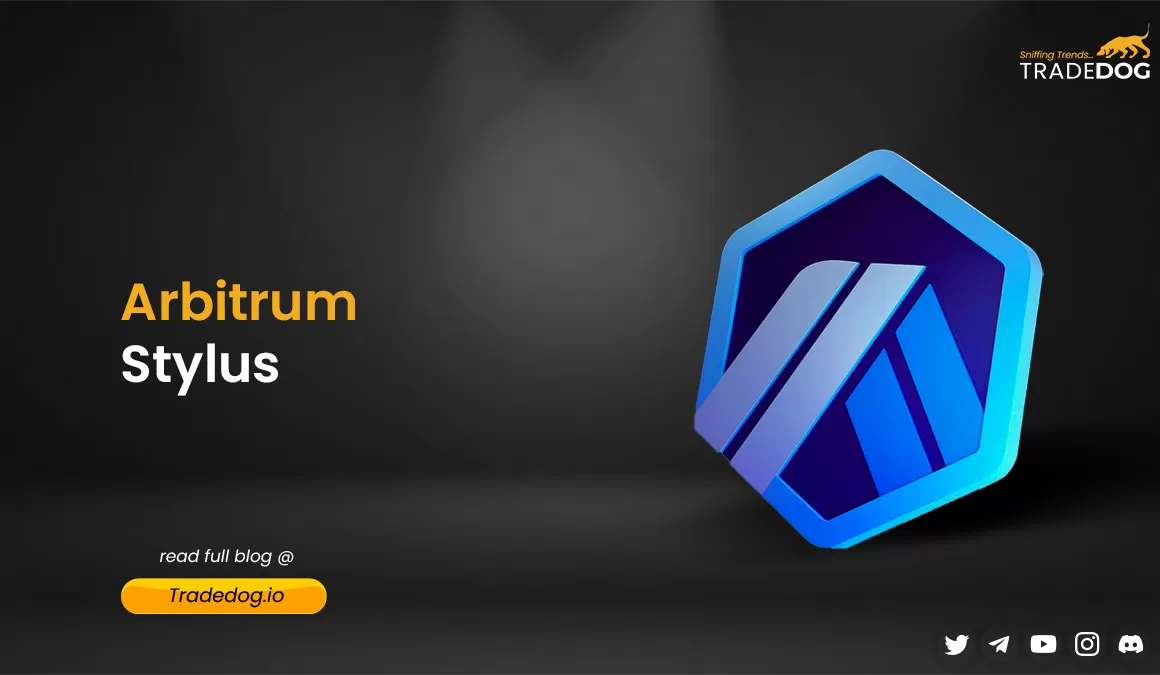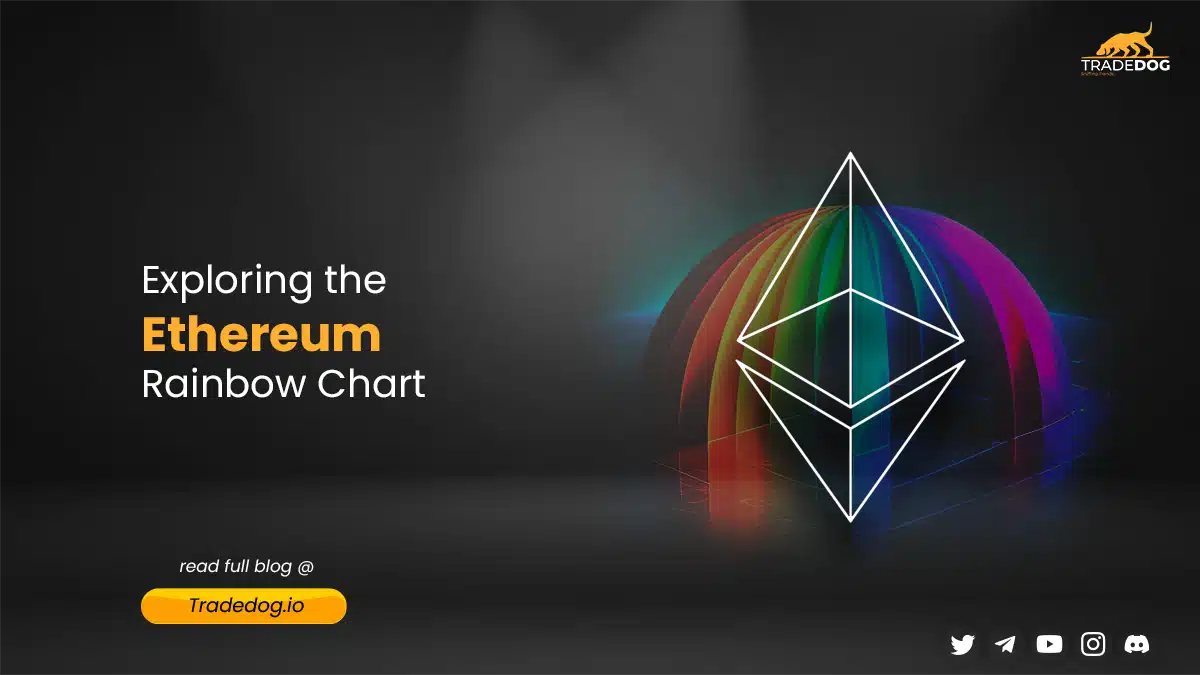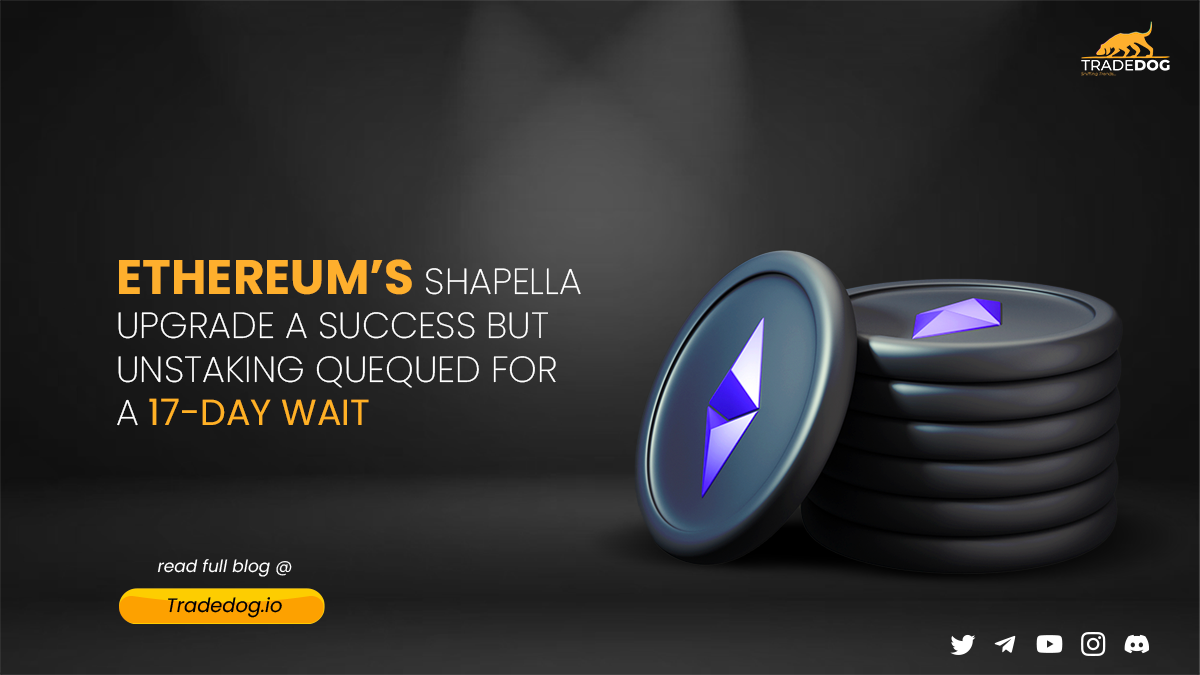Quick Links
The introduction of Arbitrum Stylus by Offchain Labs marks a significant milestone in blockchain development. This next-generation programming environment promises to redefine the landscape of Ethereum smart contract development. But what exactly is Arbitrum Stylus, and why is it poised to be a game-changer?
Understanding the Arbitrum Ecosystem
Before delving into Stylus, it’s essential to understand the Arbitrum ecosystem. Offchain Labs developed Arbitrum, a Layer 2 scaling solution for Ethereum. It enhances the Ethereum network’s capabilities by increasing its throughput and reducing transaction costs. The Arbitrum ecosystem has seen significant growth and development recently. As of now, it boasts a Total Value Locked (TVL) of $2.38 Billion, with 709K active wallets. Impressively, the platform has saved 1.29 Million ETH and commands a 55.95% share in the L2 market, with a total of 390 Million transactions. Additionally, the introduction of the Arbitrum Nitro Stack aims to enhance throughput, reduce transaction costs, and ensure Ethereum compatibility. This stack offers two variants: Arbitrum Rollup and Arbitrum AnyTrust. The ecosystem has also unveiled the Arbitrum Orbit, a feature that permits projects to initiate their own chains within an interconnected universe, settling to Arbitrum One or Nova. In recent news, the Digital Art Platform Prohibition has integrated Arbitrum to democratize generative art. Offchain Labs is also in the process of creating Xai, a Layer 3 blockchain platform tailored for games. Furthermore, The Graph has transitioned from Ethereum to Arbitrum, and there’s been a surge in Arbitrum users, especially in the gaming sector. The Arbitrum ecosystem has been at the forefront of innovation, and the introduction of Stylus is the latest in its series of advancements.
What is Arbitrum Stylus?
Arbitrum Stylus is not just another programming environment. It is a revolutionary platform that allows developers to write smart contracts for the Ethereum blockchain using popular programming languages like Rust, C, and C++. This is a significant departure from the traditional approach, which primarily relies on the Solidity programming language.
Features of the Arbitrum stylus include :
Multi-Language Support
1. Broadening the Developer Base: Stylus invites a broader range of developers to the Ethereum ecosystem by supporting multiple programming languages. Those proficient in Rust, C, or C++ can now contribute without learning Solidity from scratch.
2. Leveraging Existing Libraries: Many libraries and modules are available in Rust and C++. Developers can leverage these resources to expedite development and introduce more functionalities.
3. Enhanced Security: Different programming languages have various security features. By allowing multiple languages, Stylus ensures that developers can use the most secure practices from each language.
EVM+
While Ethereum Virtual Machine (EVM) compatibility is crucial, Stylus introduces the concept of EVM+. This means that while the Arbitrum technologies will always support EVM, they will offer functionalities far beyond it. This EVM+ paradigm is set to expand the possibilities of what developers can achieve on the Ethereum blockchain.
Interoperability
One of Stylus’s standout features is its seamless interoperability. Whether you’re working with a traditional Solidity DeFi application or a next-gen application written in Rust, all these applications can coexist and interact on the Arbitrum blockchain. This interoperability ensures a cohesive ecosystem where different applications can work in tandem.
WebAssembly (WASM)
WebAssembly, or WASM, is a modern binary format that is fast, secure, and portable. Stylus leverages the power of WASM, allowing any programming language that can be compiled to WASM to be compatible with the Arbitrum ecosystem. This ensures faster execution, reduced fees, and a more versatile development environment.
Benefits of Arbitrum Stylus
1. Performance Enhancement: Stylus contracts are more versatile and faster. With the Nitro upgrade, Arbitrum achieved a 10x performance boost. Stylus takes this further, with applications written in languages like Rust running much quicker than their Solidity counterparts.
2. Cost Efficiency: High transaction fees have been a significant concern in blockchain. Stylus addresses this by drastically reducing fees, making it feasible to run high-compute blockchain applications.
3. Inclusivity: Stylus ensures that developers are not restricted to a single language. This inclusivity means more developers can contribute to the Ethereum ecosystem, driving innovation.
The Technicalities: How Does Stylus Work?
At its core, Stylus operates on the foundation laid by the Nitro Upgrade. With Nitro, Arbitrum validators began running Geth, Ethereum’s most popular execution client. Stylus builds on this by allowing users to compile their programs into WASM. These programs are then transformed on-chain, ensuring bounded execution and safety. This mechanism ensures that malicious programs are terminated provably on-chain, maintaining the network’s integrity.
To understand it, imagine you have a big box of colorful LEGO bricks. Each time you want to build something with them, it takes a lot of time and effort to find the right pieces and assemble them. This is like how regular transactions on the Ethereum blockchain can be slow and expensive.
Let’s say you have a magical toy robot named “Stylus.” Instead of building with each LEGO brick individually, tell Stylus what you want to make. Stylus quickly and magically arranges all the LEGO pieces for you, creating your desired structure in no time. And the best part? It uses fewer LEGO bricks but still makes the same beautiful creations!
In this case, Stylus is like Arbitrum’s way of making things faster and cheaper on the Ethereum blockchain. It takes all the complicated stuff, simplifies it, and gives you the result without all the extra fuss.
Conclusion and Future Prospects
Arbitrum Stylus is not just a new programming environment; it represents the future of Ethereum development. By bridging the gap between traditional programming languages and blockchain development, Stylus is set to usher in a new era of innovation, inclusivity, and efficiency in the Ethereum developer community. As the blockchain world evolves, platforms like Stylus will play a pivotal role in shaping its future.













